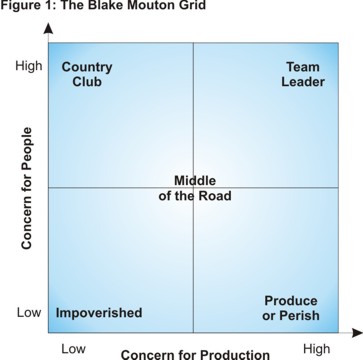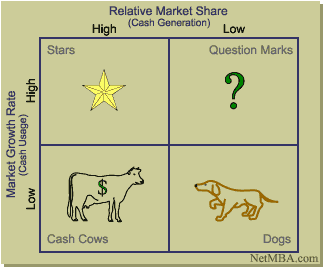
Bruce W. Tuckman produced one of the most quoted models of group development in the 1960s.While there are various differences concerning the number of stages and their names - many have adopted a version of Tuckman's model - forming, storming, norming and performing. He was later to add a fifth stage - adjourning (Tuckman and Jensen 1977). To begin we will look at his original formulation.All groups go through a series of stages of development before performing in a fully mature and effective manner and a team develops from individuals through a series of stages in accordance with the shared experiences of its members. He identified four stages of team development that have been adopted by other researchers. There are:
Forming
-The group is not yet a group, simply a collection of individuals. At this stage, the purpose of the group is discussed along with its title, composition, leadership and life-span. Individuals will be keen to establish their personal identities in the group and make some impression on others. Important mechanisms include developing trust, finding similarities, and norms.Team members become acquainted with each other, information is exchanged. They determine each team member's strengths and assign roles and responsibilities.
Storming
-Most groups go through a stage of conflict following the initial, often false, consensus. Purpose, leadership, roles and norms may all be challenged. Hidden agendas may be revealed, and some interpersonal hostility is to be expected. This stage is particularly important to the formation of trust within the group even though it is characterised by dissatisfaction, competition, conflict , fight, counterdependency.
Norming
The group establishes norms and patterns of work within which it functions. A group consensus emerges, it comes to an agreement on its purpose or function.Resistance is overcome, Members are clear what their roles and responsibilities are. The group has a sense of identity and members strive to work together.
Performing
Only when the previous three stages have been successfully completed will the group reach optimum performance level. Achievement orientation, productivity, group structure, norms, are understood and accepted, members know how to work with each other and become supportive of task performance They can handle disagreements and misunderstandings effectively.
Dorming/Adjourning
- A new "dorming" stage as the group gets complacent or"adjourning" as the group successfully reaches its goal and completes its work and the progress become static.This is the dangerous stage, the team has become complacent and lost interest, its sole concern is self preservation.
As a conclusion,Bruce W. Tuckman's model of the developmental sequence in small groups has rightly been adopted as a helpful starting point about possible stages or phases within different small groups.
**Note:
i would like to raise some issue here,regarding Tuckman and Belbin model, because students often confuse Tuckman’s interesting ideas on teams with those of Belbin. The difference is quite clear; Tuckman deals with the process of formation, whilst Belbin describes the roles undertaken once the team has formed and is working.
Further reading and bibliography:-
Tuckman, Bruce W. (1965) 'Developmental sequence in small groups', Psychological .
Tuckman, Bruce W. (1988; 1998) The Long Road to Boston, Tallahassee, FL: Cedarwinds Publishing.

 °
° 

.jpg)